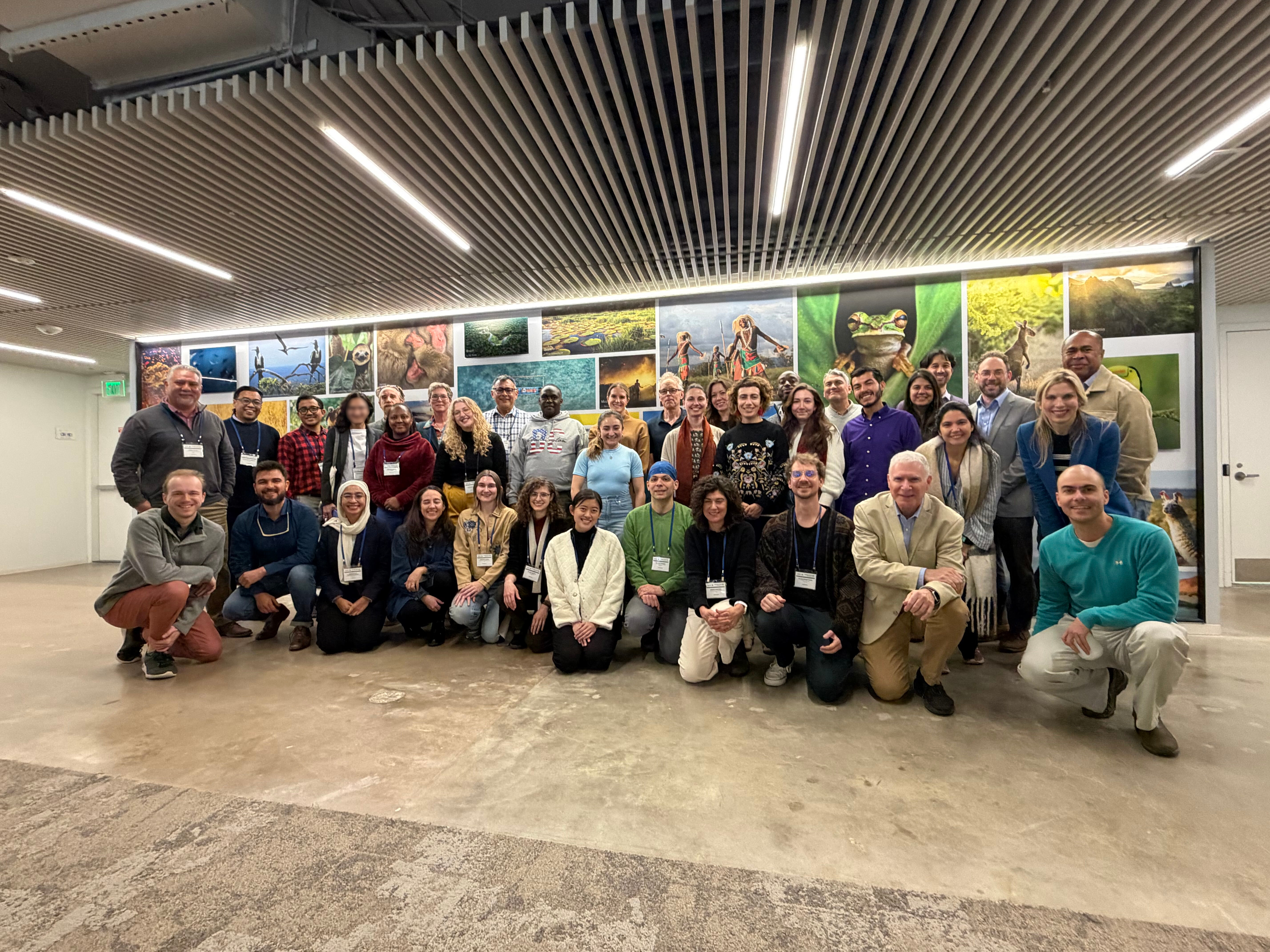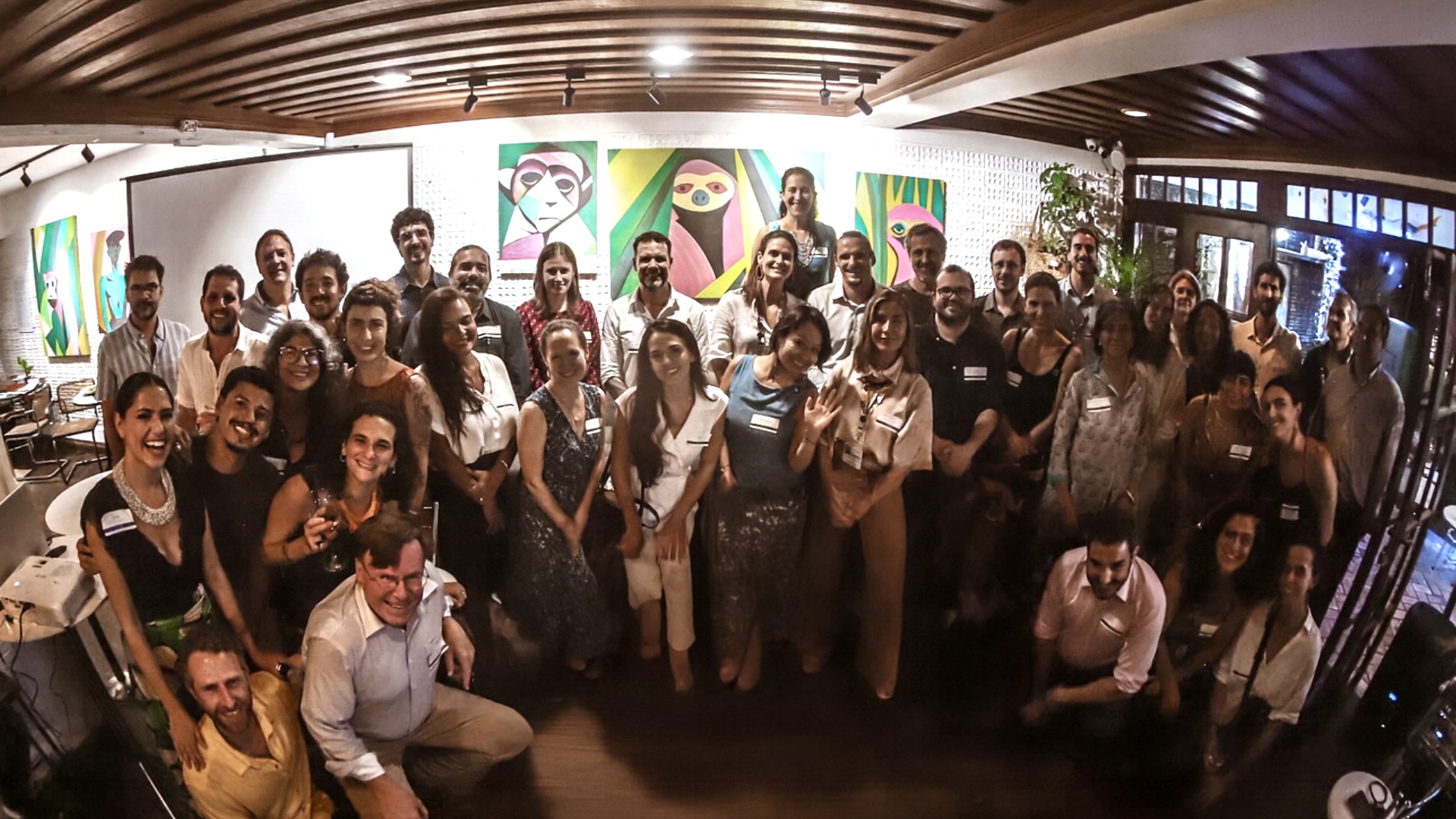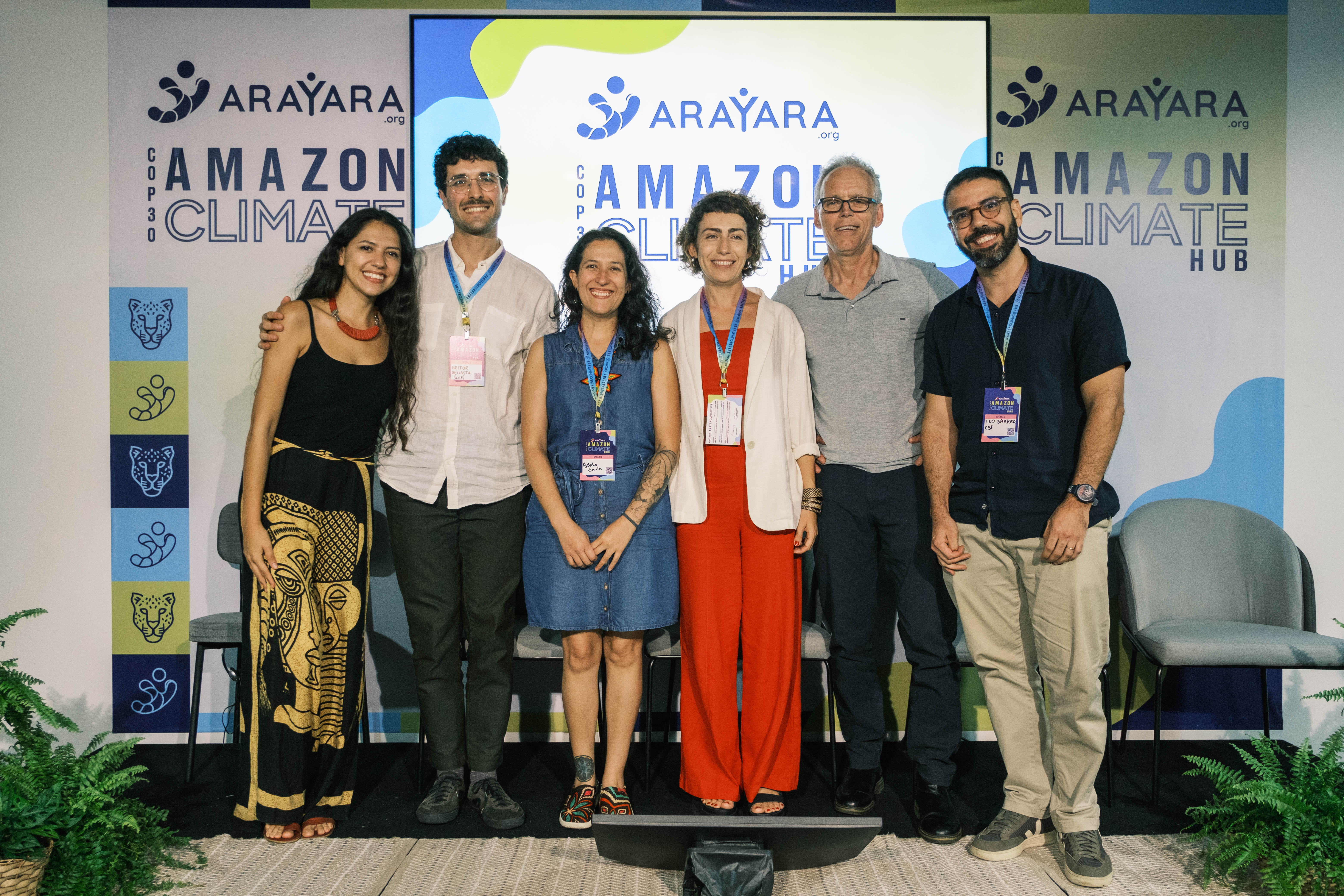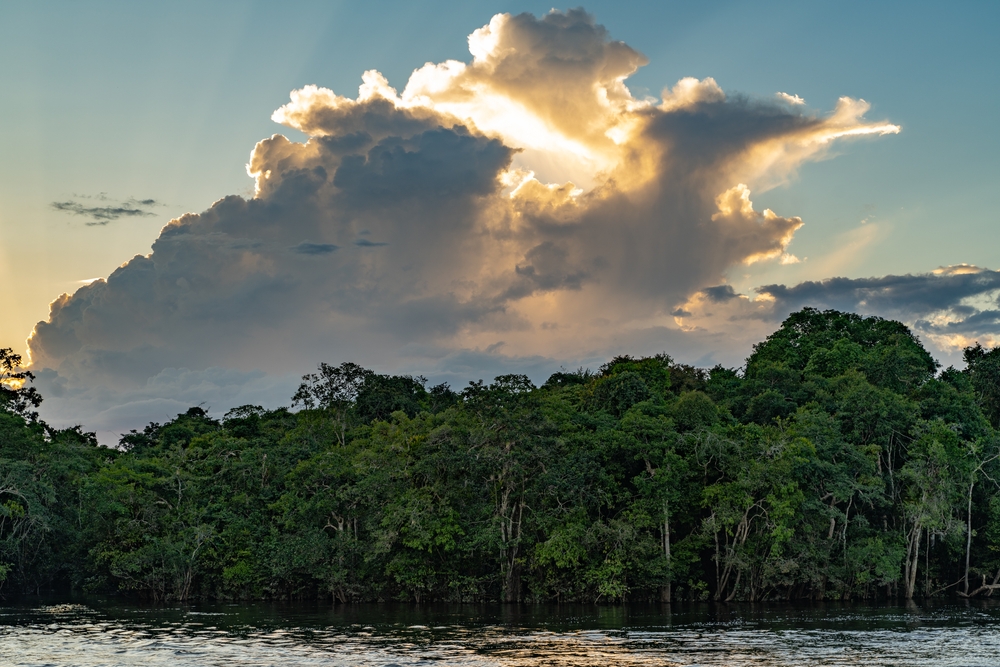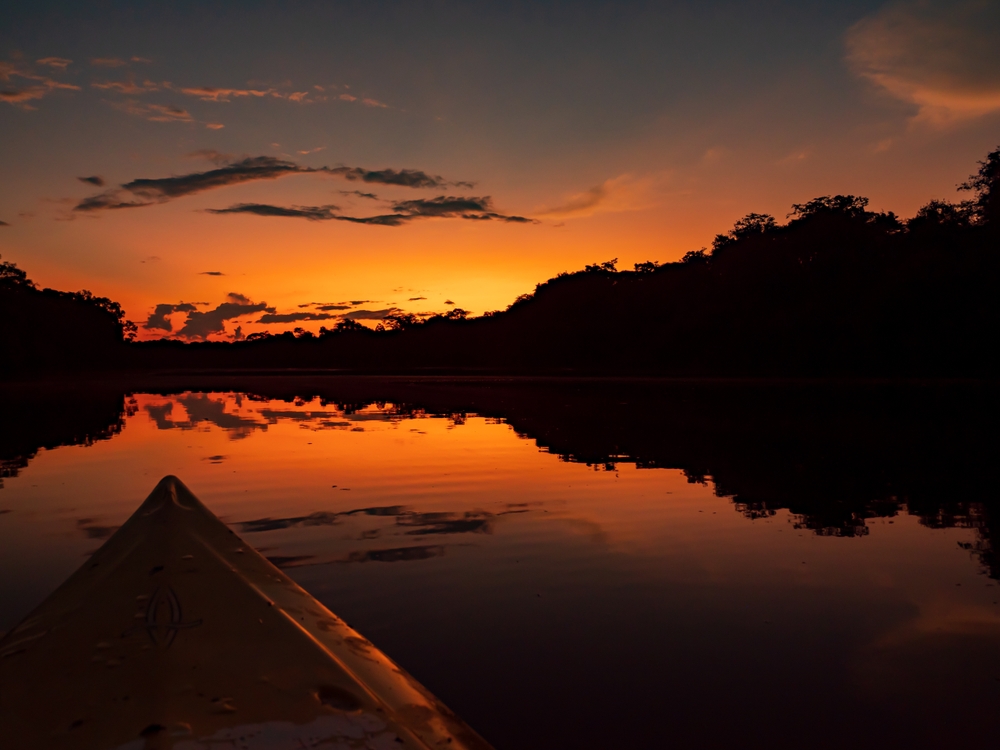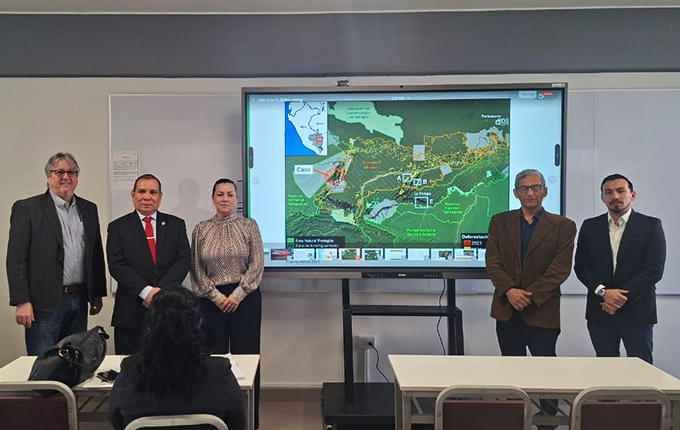News
Earlier this month, we were grateful to be working with several partners in the Amboseli Landscape of the Kajiado County in Kenya. This landscape is composed of the highest mountain in Africa as a backdrop, the incredible Amboseli National Park and surrounding ecosystems as the canvas, and the Maasai people, their livestock and the wildlife as the artists who have influenced this land over centuries.
But this picture is now fracturing.
“[I gained] a sense of hope of what's possible.”
This December, 36 professionals from 13 different countries and 25 organizations came together for our first ever Finance 4Nature course, delivered in partnership with the Conservation Finance Alliance and hosted at Conservation International’s Headquarters just outside of Washington DC.
On November 19, 2025, during the second week of COP30, Conservation Strategy Fund convened an Evening of Impact in Belém do Pará. The event brought together 50 leaders from government, civil society, and CSF’s global alumni network to celebrate breakthroughs in conservation and chart a bold path forward for climate and biodiversity action. It was an inspiring gathering made possible by the generous support of the Dry Creek Foundation.
4Nature Podcast Interview Feature
On November 20, 2025, during COP30, we hosted the workshop “Valuing Nature, Empowering Action: Interactive Training with the CSF Calculator Hub” at the ARAYARA – Amazon Climate Hub in Belém, Brazil. The session brought together people working in conservation for a hands-on exploration of socio-environmental and economic valuation tools to support inclusive, evidence-based, and Indigenous-informed climate action.
On November 17, 2025, during COP30, we hosted “Financing Nature – A Practical Workshop to Prioritize Financial Mechanisms for Conservation Impact” at the ARAYARA – Amazon Climate Hub in Belém, Brazil. The workshop brought together people working in conservation for an interactive session focused on practical ways to access and prioritize financing for nature-based solutions.
The partnerships with the Public Prosecutor’s Office and the National Forest and Wildlife Service aim to reinforce efforts against environmental crimes and promote the sustainable management of forests.
The partnerships with the Public Prosecutor’s Office and the National Forest and Wildlife Service aim to reinforce efforts against environmental crimes and promote the sustainable management of forests.
Within the framework of the VII International Congress on Environmental Justice, organized by the National Commission on Environmental Justice of the Judiciary (CNGA), the workshop "Illegal Mining and the Quantification of Environmental Damage" was held. This is a joint initiative of the Foundation for Conservation and Sustainable Development (FCDS), the Conservation Strategy Fund (CSF), and the State Attorney General's Office (PGE).
“If you can walk away in life having at least forestalled the exploitation of a place, I think you’ve won.”


